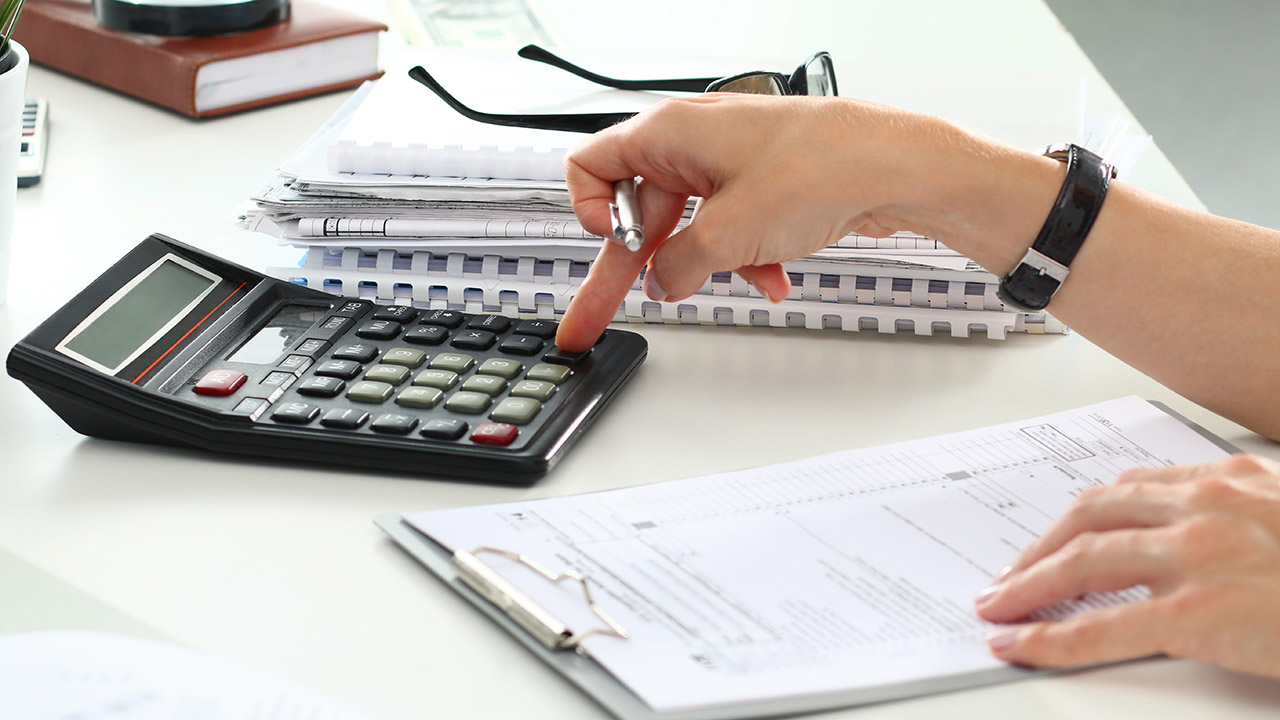How to Figure Out How Much of Your Income Should Be Spent on a Mortgage

Before you start pounding the pavement in search of your next home and book showings, you might want to find out exactly how much you can afford first. There’s no sense in looking in the $600,000 range, for instance, if you can only realistically afford a home worth $300,000.
According to the latest data from the California Association of Realtors (CAR), the median price for a home statewide is currently $511,360. Unless you’ve got that kind of cash laying around to pay for a home outright, you’ll need to take out a mortgage.
You’d be well advised to take a hard look at your finances, do the math, and figure out how much you can comfortably spend on your mortgage before you begin your house hunt.
Find Out How Much Money You Should Borrow
First things first. You need to find out how much you would be approved for when you apply for a mortgage. Your mortgage broker will gather up all of your documents to help determine what you would be pre-approved for, but that doesn’t mean that the figure you are given is necessarily something that you will be comfortable paying every month.
You’ll basically be given a maximum amount that you can borrow, but it’s probably not a good idea to spend that much. You don’t want to end up ‘house poor’ and have to dedicate the majority of your income to your monthly mortgage payments.
You can get a rough idea of how much you might be able to borrow before your mortgage broker comes back with an exact figure by using a simple formula: the 28/36 rule. Generally speaking, lenders will usually cap the amount that you can afford to spend based on 36% of your pre-tax income on debt payments, with as much as 28% of this income to be dedicated to mortgage payments.
More specifically, your monthly housing costs shouldn’t be any more than 28% of your monthly gross income, and your monthly debt payments shouldn’t be any more than 36% of your gross income.
Let’s say your gross annual income is $60,000. Based on the 28/36 rule just described, your upper limit in mortgage payments should not exceed $1,400 per month ($60,000 x 28% ÷ 12), and your monthly debt payments – including your mortgage – shouldn’t be any more than $1,800 per month ($60,000 x 36% ÷ 12).
How Much Will Your Mortgage Cost You?
It’s not just the amount of money that you need to borrow that you will need to pay back: don’t forget about the interest. Luckily, we’re still in the middle of a low-interest rate environment, which means it’s still very affordable to take out a home loan.
As of this writing, the interest rate on a 30-year fixed-rate mortgage is 3.99%, and although it will certainly fluctuate up or down as the hours, days, and weeks pass, the rate is still expected to hover around the 4% mark for the remainder of the year (although anything can happen).
There are plenty of mortgage calculators on the internet that you can use to get an idea of how much your monthly mortgage payments will be based on your loan amount and the associated interest rate.
For instance, a $200,000 loan amount on a 30-year fixed-rate mortgage at a rate of 3.99% will start you off with a monthly payment of $953.68. Of course, every month that you make a payment, your loan amount will go down, which means that a little more of your payment will go towards paying down the principal and a little less will go towards the interest portion.
Factor in All Payments, Not Just Your Mortgage
Your mortgage payments aren’t the only bills you’ll be responsible for paying every month. There are a bunch of other payments that you will have to make which should all be factored into the grand total of monthly home expenditures. These extra expenses include:
- Property taxes
- Homeowner’s insurance
- Private Mortgage Insurance (PMI)
- Utility bills
- HOA fees
- Maintenance/repairs
Don’t forget about closing costs associated with buying real estate, including:
- Mortgage application fees
- Appraisal fees
- Lender fees
- Survey fees
- Home warranty
- Fees associated with adjustments on property taxes and utilities
Usually, buyers will pay anywhere between about 2% to 5% of the purchase price in closing fees. So, if the home costs you $400,000, for instance, you’ll be paying somewhere around $8,000 and $20,000 in closing costs. Of course, closing costs only need to be dealt with one time, rather than on a monthly basis. Still, they should be factored into the cost of buying in order to help you budget accordingly.
Make sure you take a tally of all the expenses that you will be on the hook for so that you have an accurate figure to work with.
The Bottom Line
The amount that your lender is willing to approve you for will be the absolute upper limit of what you can afford. As stated earlier, that doesn’t mean you should commit to that number. Don’t be tempted to take on more of a home loan than you need to. What you might be approved for and what you can comfortably afford may be two different things. Your job is to figure out a monthly mortgage amount that will fit in nicely with all of your other debt payments based on your income, while leaving enough money left over to enjoy your life and even put some away for a rainy day.